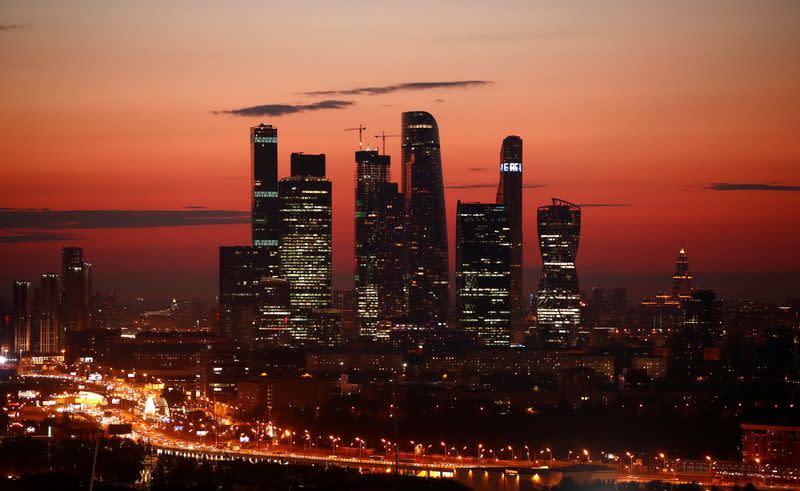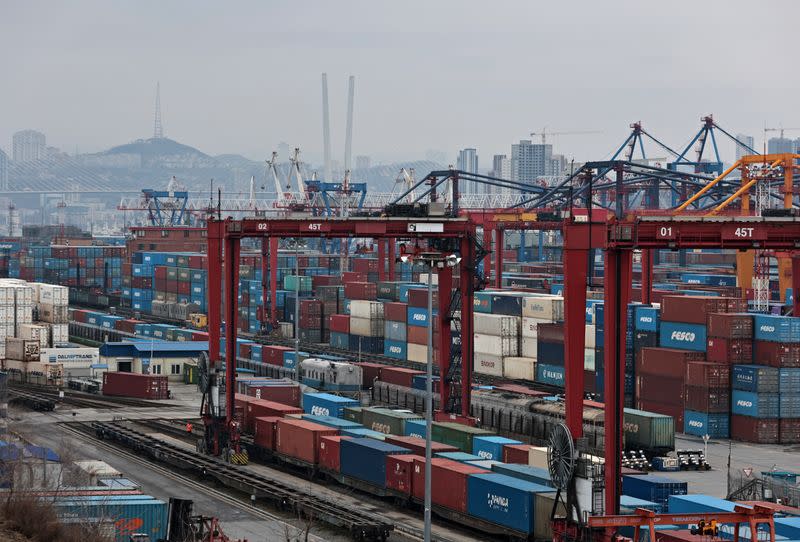The rise and stagnation of Russia's economy during Putin's tenure
MOSCOW (Reuters) - Russians have enjoyed a dramatic increase in living standards over the course of President Vladimir Putin's nearly 24 years at the helm of Russian politics. On Friday, Putin said he would run again for the presidency.
High prices for oil, Russia's main export, boosted Putin's standing as the country emerged from the chaotic 1990s, raising incomes and purchasing power for millions of its citizens.
But the 2008 financial crisis, followed by repeated bouts of Western sanctions following Moscow's annexation of Crimea in 2014 all the way through to restrictions in the wake of its full-scale invasion of Ukraine, have changed the calculus for the Kremlin.
Russian authorities have battled rouble depreciation and often high inflation in recent years as the economy has moved from consistent growth to an era of stagnation.
Here are some charts telling the economic story behind Putin's time in power.
Buttressed by high commodity prices in the early years of Putin's presidency, the rouble traded largely steady, but following the imposition of sanctions over Russia's annexation of Crimea, which Ukraine demands it hand back, the currency has depreciated and become more volatile.
It reached a record low in the weeks after Moscow's February 2022 invasion of Ukraine, following which the authorities introduced currency controls to stem capital outflows.
Russians have become used to rouble fluctuations and the general weakening trend in the last decade in particular.
Real incomes also grew steadily in the first few years but wage growth has become more stagnant since the sanctions era began. Inflation and interest rates have often been elevated, with Russia's central bank using monetary policy to try and keep a lid on price rises.
In the last decade, Russia's budget spending priorities have also shifted, with a rising focus on defence spending that will culminate in almost a third of all budget expenditure going to the military in 2024.
Spending on other areas, such as healthcare and education, has barely increased in real terms in over a decade.
(Graphics by Riddhima Talwani and Vineet Sachdev; Reporting by Alexander Marrow and Darya Korsunskaya; Editing by Emelia Sithole-Matarise)

 Yahoo Finance
Yahoo Finance 

